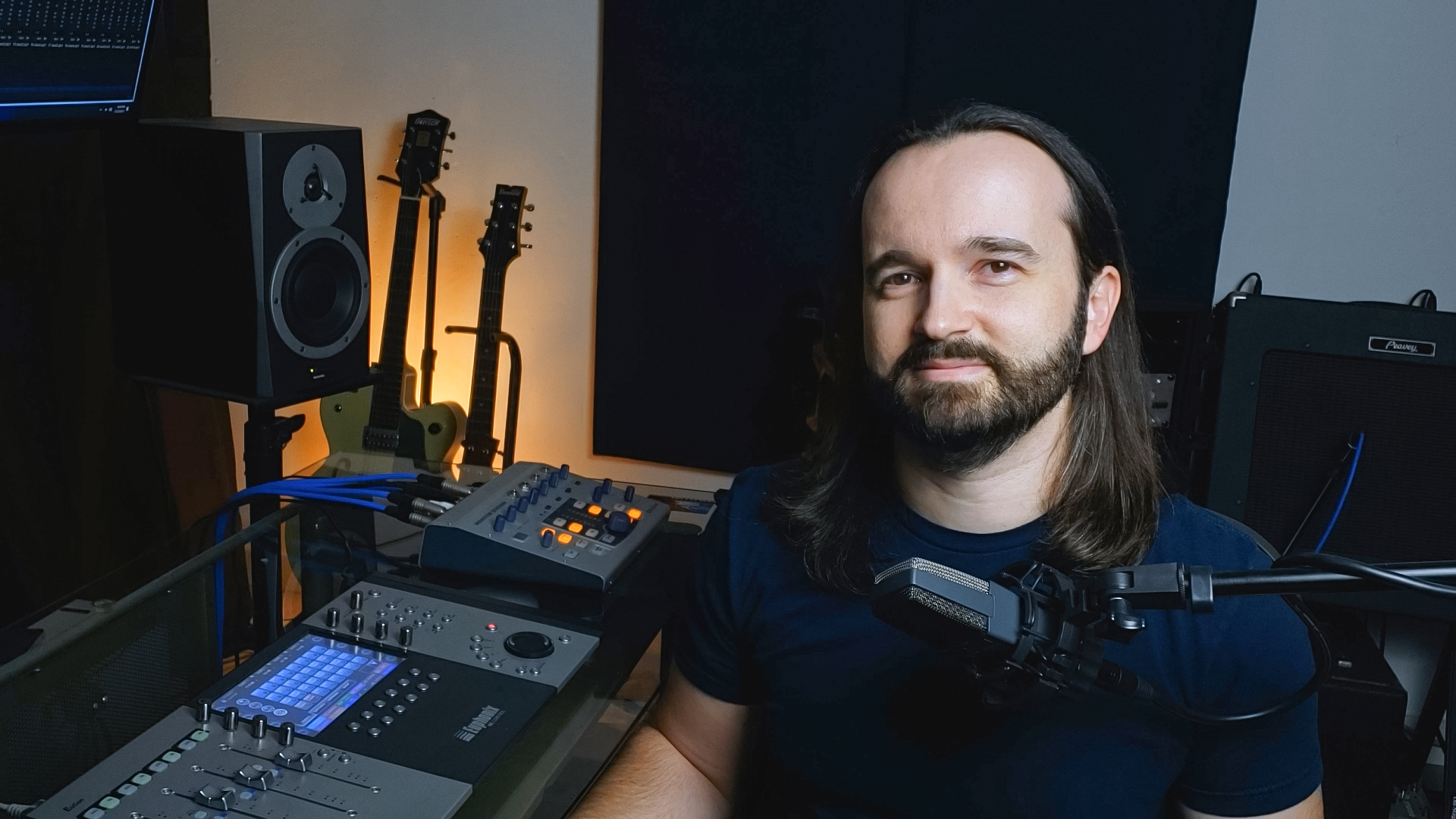Studio Track Sheet: The Best Way To Improve Your Recordings
Getting a great sounding drum recording is one of the most difficult things to accomplish in the recording studio. The artist, music producer, and sound engineer have so much to think about. There's drum selection, placement in the room, proper room treatment, drum mic selection, mic placement, phase relationships, preamp choice and settings, whether to record with compression or any other processing, what settings to use on those, do you use a click track, how loud is the headphone mix for the drummer, should you tell them to hit the cymbals a little softer, the variables are endless! And that's just on the recording side for one song. What if that setup doesn't sound great on another type of song?
This isn't a post about what to do about any of these things. You can check out the first part of my drum recording guide here if that's what you need. I intend to write some more in the near future, and will update this post when I do, but the truth is the internet is full of different approaches and opinions. What works for one person may not work for another. The fun part about being a sound engineer is taking the time to experiment and find what does work for you.
Enter The Recording Studio Track Sheet:

For decades, recording studios have used a track sheet when running recording sessions. They're an excellent way to not only help keep things organized, but to also give you the ability to quickly recall your exact settings, mic placements, selections, and whatever else you include in the notes on your sheet. The more details you include, the better!
So if you record some drums for a song and decide you didn't like how the snare sounded by the time you get to the mixing stage, you can refer back to the track sheet on your next session and make adjustments. Or if you really liked the kick sound you got, you can now duplicate what you did on all future sessions. All you have to do is just look at your sheet and copy your settings.
There's a saying, "what gets measured gets managed." So the best way to improve your recordings, is to do a recording and write down what you did. Then you can learn from mistakes and build on your successes.
I've made my own studio track sheet here and would like to share it with you. Just let me know where to email it and it's all yours. I'm including a google sheets version of it that you can make copies of and keep with your session files. I'm also including a pdf version for those of you who prefer to have physical copies you can write on. I hope this helps you get some great recordings! Then when it's time to edit your drums, send me a message and I'll help you make your drums shine!
Start Improving Your Drum Recording With A Track Sheet!
About The Author
Hi! I'm Jon Lesher, a sound engineer in the San Francisco Bay Area. I got my start playing guitar with friends and playing in bands and I wanted to record what we were making. From there, I fell in love with music production, got a degree in recording arts in 2005 , and started working in studios. I mostly do editing and mixing these days, but love sharing what I learned about recording to help my fellow musicians make better recordings! If you'd like to learn more about me, go to jonlesher.com.
